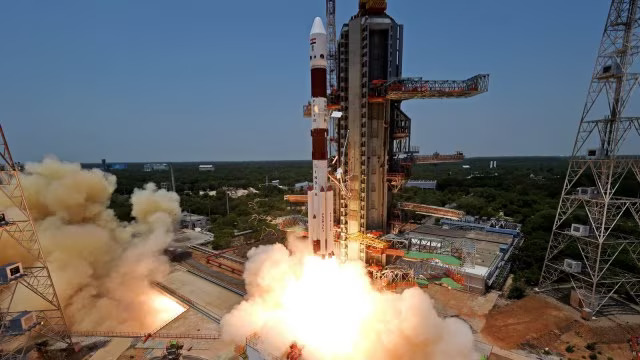Shreya Varanasi, Pune
On Saturday, Prime Minister Narendra Modi praised the Indian Space Research Organisation (ISRO) scientists after successfully injecting India’s first solar observatory, Aditya-L1 into the halo orbit about 1.5 million kilometers from the Earth. Aditya-L1, launched on September 2, 2023, will make observations of the Sun for the next five years from this final orbit.
PM Modi took to the social media platform X (formerly known as Twitter) and hailed the “relentless dedication of our scientists.” He also called the mission “yet another landmark” and applauded the scientists for the “extraordinary feat.” In his post, the Prime Minister also wrote, “We will continue to pursue new frontiers of science for the benefit of humanity.”
President Droupadi Murmu also congratulated ISRO for successfully placing Aditya-L1 into its destination orbit. “Another grand feat accomplished by ISRO!” she said in a post on X and congratulated the entire Indian scientist community for the great achievement. She further noted the significant participation of women scientists in the missions and said that it takes ‘women empowerment’ into a higher orbit.
Aditya-L1 is India’s first solar mission which aims to observe and understand the sun better. On Saturday, ISRO successfully placed the spacecraft into Lagrange Point 1, where the gravitational pull from the Earth and the Sun balance each other out. Lagrange Point 1 (L1) is a relatively stable point for a spacecraft to be parked and is about one percent of the total distance between the Earth and the Sun.
After successfully placing Aditya-L1 in the desired position, ISRO chief S Somanath told ANI that the solar mission is not just for India but for the whole world “to understand and make use of its scientific importance.” He mentioned that if the satellite is not accurately positioned at the designated location, it could drift away. He further explained that ISRO scientists had to make multiple adjustments to ensure the space satellite was accurately placed at the intended point.
Reacting to the achievement, G. Madhavan Nair, the ex-chairman of ISRO said that the spacecraft needs to establish a steady orbit at the Lagrangian point to observe the sun uninterruptedly over the next few years.
